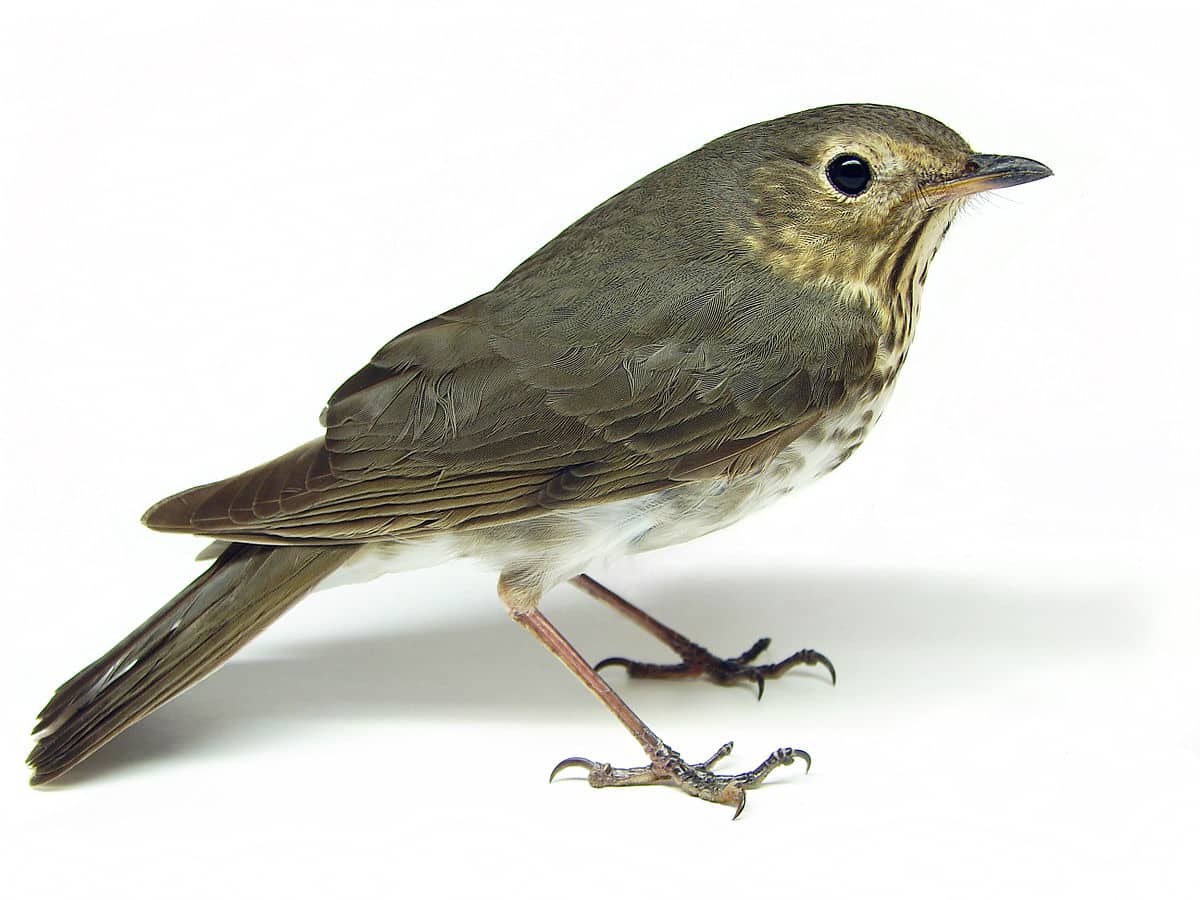
Long-running studies of native bird populations in northern Minnesota and northern Wisconsin have found that most species have healthy and stable populations.
The research synthesized data collected between 1995 and 2011 in the Chippewa and Superior National Forests in Minnesota and the Chequamegon-Nicolet National Forest in Wisconsin. It was led by the U.S. Forest Service’s Northern Research Station, which conducts studies from Maine to Minnesota, and scientists from the Universities of Minnesota and Wisconsin.
The authors report that 127 species that nest in forests were identified. Population trends were evaluated for each national forest for 98 of those species, and 49 species across all the forests.
‘Tremendous diversity’
Numbers of most species were stable or increased during the 17 years.
“It paints a picture of fairly healthy bird communities in these forests over two decades of surveys,” said co-author Dr. Gerald Niemi of the University of Minnesota–Duluth’s Natural Resources Research Institute. “It shows that there is tremendous diversity of bird species in the region and emphasizes the importance of national forests to migratory and resident bird species.”
The Superior National Forest’s boreal ecosystem once again set it apart from its regional counterparts. The far north landscape, dominated by pine and spruce, hosts birds that specialize in such habitat. It was a very different group from what was found in the other National Forests in the study, which are mostly comprised of deciduous trees.
Birds that breed in boreal forests, like spruce grouse, black-backed woodpecker, great gray owl, boreal chickadee, gray jay, ruby-crowned kinglet, and several warbler species were much more likely to be found on the Superior than the other forests studied.
Causes for concern
While most bird species in the region’s National Forests seem to be more or less thriving, a few are making scientists and resource managers worried.
One example is the Swainson’s thrush, seldom seen but often heard, singing its delicate and spiralling song on summer evenings. Its numbers have declined dramatically on the Superior National Forest, dropping nearly three percent, continuing a decline that started in at least the 1960s. “The downward trend was particularly drastic during the past nine years,” the report reads.
The authors stress that the causes of population changes in any bird are complex and interconnected. Deforestation, climate change, and migration hazards can all contribute. For the Swainson’s thrush, the authors point to the loss of its breeding habitat in northern Minnesota to timber harvest and forest fires, collisions with cell towers and buildings, and deforestation of its winter territory in Central America.
“Studies of bird deaths at communications towers in Minnesota, Illinois, and West Virginia revealed that Swainson’s Thrushes were killed in greater numbers than any other bird species,” according to the Cornell Lab of Ornithology.
Avian action
Not only does the study document bird population changes over time, describe where and how many birds live across the National Forests, and habitat needs, it also discusses management implications.
“Forest birds play a vital role in forest stewardship through seed dispersal and insect control, and this research will be a valuable reference for land managers working to protect critical habitat for forest birds,” said Tony Ferguson, Acting Director of the Northern Research Station.
For Swainson’s thrushes, the researchers say the best thing to do to help the species is protect the mature coniferous forests it needs for breeding.
The full report is available at this link.
Related:
- Birds in the Border Country – Wilderness News, Summer 2016

